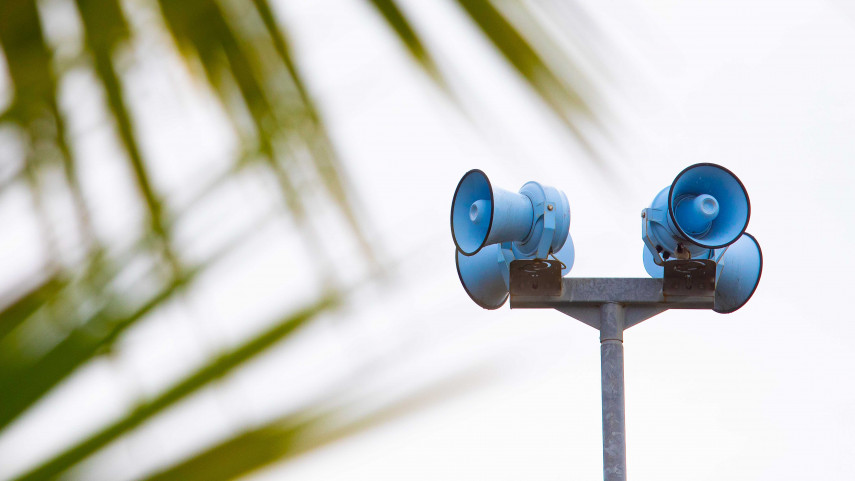
Christchurch sirens sound tsunami-ready reminder

Share this story
Coastal and riverside residents are being reminded to check their evacuation zones prior to tsunami warning sirens being tested this Sunday.
The tsunami sirens, which have been installed from Brooklands to Taylors Mistake, will be sounded for up to three minutes at 11am.
Christchurch City Council Head of Civil Defence and Emergency Management Rob Orchard says the drill provides a timely reminder to be prepared for a tsunami.
“People need to know their evacuation zones in the event of a tsunami,” Mr Orchard says.
“All households in coastal and riverside areas of Christchurch and Banks Peninsula should have an evacuation plan.

The tsunami warning sirens will sound on Sunday.
“It’s important that everyone knows where to go and the best route for a safe evacuation.”
The sirens are tested twice a year to coincide with daylight saving changes.
“We need to check the sirens are working correctly to notify the Christchurch coastal communities during a tsunami evacuation where we have time to activate the sirens,” he says.
Mr Orchard says people need to plan the best evacuation route from their home or workplace, and check whether any neighbours need help to evacuate.
“If you are able to, it’s best to go beyond the zone edge to allow space for others leaving the evacuation areas,” he says.
People in either the red or the orange zones need to evacuate immediately if they feel a strong or long earthquake, or are advised to leave by Civil Defence.
The red zone includes the estuary, rivers, beaches and harbours while the orange evacuation zone covers low-lying areas near the coast.
People in the yellow zone only need to leave if advised by Civil Defence.
“It’s OK for some people to feel more comfortable leaving the yellow evacuation zone despite there being no official warning,” he says.
A tsunami warning can remain for several hours because a tsunami is a series of waves, so the first wave may not be the biggest. Residents are urged to have an emergency bag close at hand to take with them when they evacuate.
“We suggest that people pack essentials that they can carry. Essentials can be medication and documentation – such as a copy of a passport or a driver’s licence – and plenty of supplies for babies and pets,” Mr Orchard says.
“It’s important to remember that natural warnings are the best warning for a tsunami – ‘long or strong, get gone’.”
